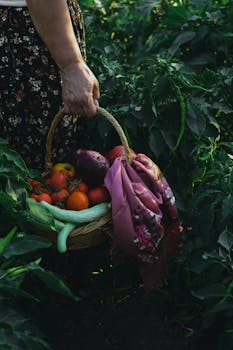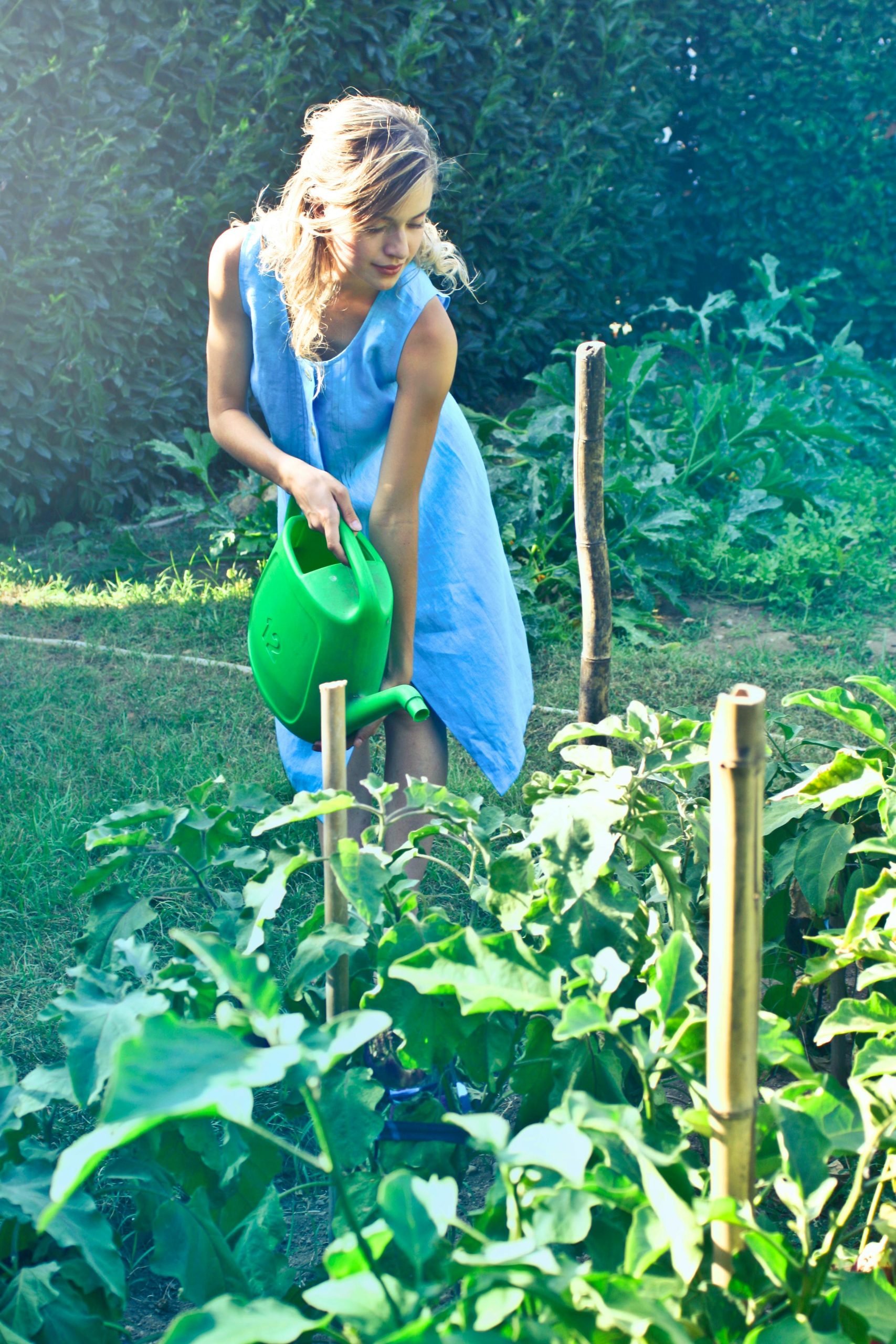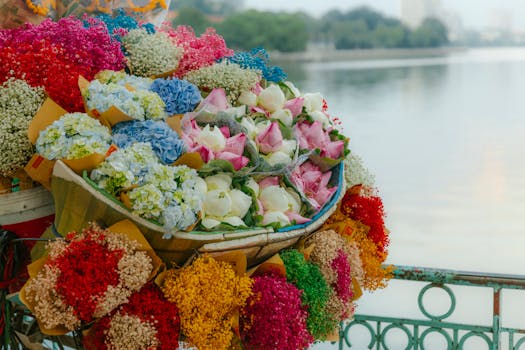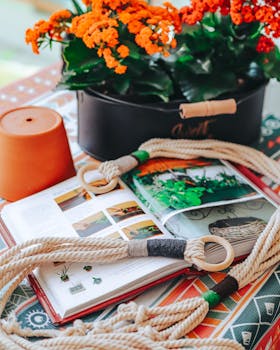Starting a garden is one of the most rewarding ways to connect with nature, grow your own food, and create a peaceful outdoor space. However, many people hesitate to dive into gardening because they assume it requires a significant financial investment. The truth is, you can build a thriving garden with minimal expense if you’re resourceful and creative. Here’s a comprehensive guide to starting a garden on a tight budget.
1. Plan Before You Plant
Before you put a single seed into the soil, take some time to plan your garden. Consider the following:
- What do you want to grow? Decide if you’re more interested in vegetables, herbs, flowers, or a mix of all three.
- Where will your garden be? Assess your space. Do you have a backyard, a balcony, or just a sunny windowsill? Each type of space has unique opportunities.
- What’s your climate? Research the plants that thrive in your local region and season. Native plants and seasonal vegetables often require less maintenance and fewer resources.

Planning helps you avoid unnecessary purchases and ensures your efforts are focused on what’s practical and achievable.
2. Start Small
If you’re new to gardening, resist the temptation to create a sprawling garden right away. Start with a small area or a few containers. This approach keeps costs manageable and allows you to learn as you go. Even a few pots with herbs or leafy greens can make a big difference in your meals and your connection to gardening.
3. Use Free or Low-Cost Containers
Buying fancy pots can quickly eat into your budget, but there’s no need to spend money on containers. Look around your home for items that can be repurposed:
- Old buckets, jars, or bowls
- Coffee cans or yogurt tubs (make drainage holes in the bottom)
- Wooden crates or pallets lined with plastic
Check local social media groups, thrift stores, or your neighborhood for free or cheap containers. Many people are happy to give away unused items.
4. Make Your Own Soil Mix
Purchasing bagged soil and fertilizers can add up. Instead, consider making your own nutrient-rich soil:
- Compost: Start a compost bin with kitchen scraps like fruit peels, vegetable trimmings, eggshells, and coffee grounds. Over time, this will break down into rich compost to mix with soil.
- Garden Soil: If you have access to natural soil, enrich it with compost or well-rotted manure to improve fertility.
- Leaf Mold: Collect fallen leaves and let them decompose over several months to create a natural soil amendment.
Homemade soil can save you money and provide a healthier growing environment for your plants.
5. Source Free or Cheap Seeds
Seeds are the foundation of your garden, and they don’t have to cost much—or anything at all:
- Seed Swaps: Look for local gardening groups or community events where you can trade seeds with others.
- Save Seeds: If you buy fruits and vegetables, save seeds from items like tomatoes, peppers, or melons.
- Community Resources: Libraries, community centers, or non-profits sometimes offer free seeds.
Avoid buying more seeds than you need. A small packet often contains enough to last multiple seasons.
6. Repurpose and Recycle Materials
Instead of buying garden supplies, get creative with what you already have. Some ideas include:
- Using old utensils as garden markers
- Cutting plastic bottles into mini greenhouses to protect young plants
- Repurposing cardboard boxes or newspapers as mulch to suppress weeds
Recycling and repurposing not only saves money but also reduces waste.
7. DIY Gardening Tools
You don’t need expensive tools to maintain your garden. Basic items like a trowel, pruners, and a watering can are essential, but you can improvise:
- A large spoon can work as a trowel.
- Chopsticks or skewers can support small plants.
- A plastic milk jug can be turned into a watering can by poking holes in the lid.
As you grow your gardening skills, you can gradually invest in higher-quality tools.
8. Take Advantage of Free Resources
Many communities offer resources that can help you start a garden without breaking the bank:
- Compost Programs: Some municipalities provide free compost to residents.
- Mulch and Wood Chips: Tree-trimming companies or local government programs may give away wood chips for free.
- Workshops and Classes: Check for free gardening workshops at libraries, community centers, or botanical gardens.
These resources can significantly cut costs while providing valuable knowledge.
9. Choose Low-Maintenance Plants
To keep costs down, opt for plants that are easy to grow and maintain. Hardy, drought-tolerant plants require less water and care, saving you both time and money. Some low-maintenance options include:
- Herbs like basil, mint, and chives
- Vegetables like radishes, lettuce, and zucchini
- Flowers like marigolds, zinnias, and sunflowers
Starting with reliable growers will build your confidence and provide quick results.
10. Practice Patience and Persistence
Gardening is a long-term investment, both financially and emotionally. Plants take time to grow, and you may face challenges like pests, weather changes, or plant diseases. Stay patient, experiment, and learn from your experiences. Over time, your skills will improve, and your garden will flourish.
11. Build a Gardening Community
Connect with other gardeners in your area for advice, encouragement, and resource sharing. Joining a gardening club or participating in community gardens can provide you with free or low-cost seeds, plants, and tools, as well as tips from experienced gardeners. Sharing knowledge and resources creates a supportive environment for your gardening journey.
Conclusion
Starting a garden with little money is entirely possible with a bit of creativity, resourcefulness, and patience. By planning wisely, reusing materials, and taking advantage of free resources, you can create a beautiful and productive garden without breaking the bank. Beyond saving money, gardening brings immense joy, a deeper connection to nature, and the satisfaction of growing your own food. So, grab a container, collect some seeds, and start your gardening adventure today!



